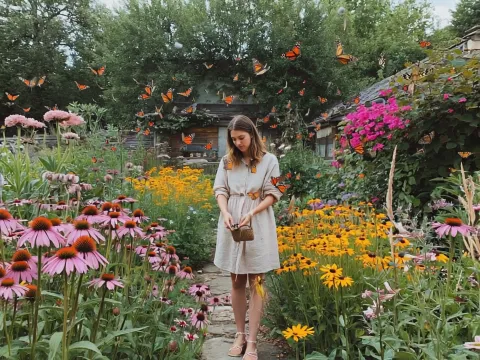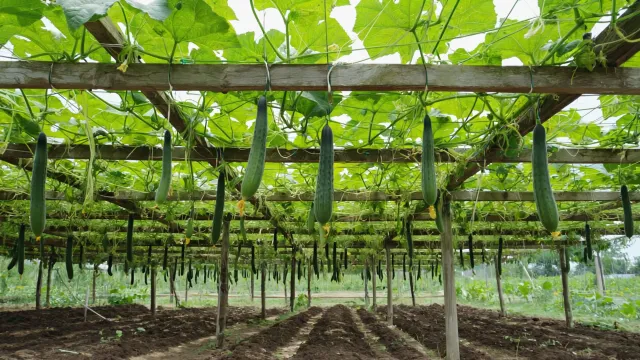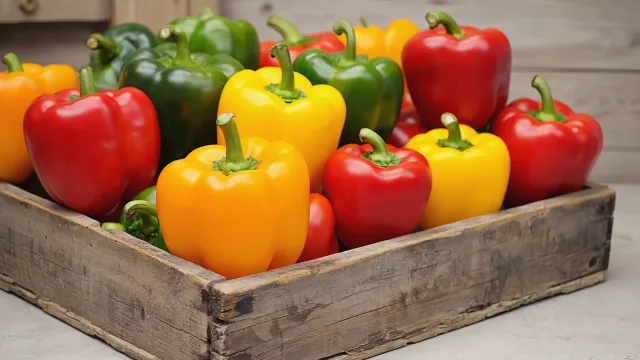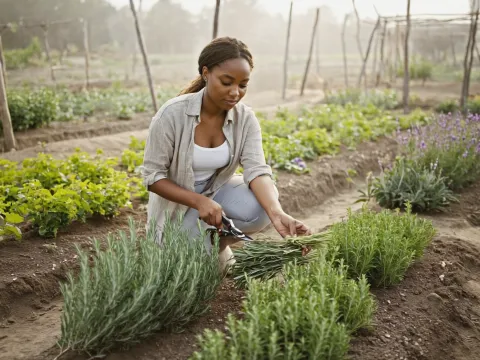Published on May 30, 2025
Last updated: June 3, 2025 · ⏱ 4 min read
How to Naturally Attract Bees and Butterflies to Your Garden

Choosing the Right Plants
To create a thriving environment for bees and butterflies, selecting the right plants is crucial. Native flowers, such as coneflowers, milkweed, and black-eyed Susans, are fantastic options. These plants not only flourish in your local climate but also provide the essential nectar and pollen that these pollinators need to survive. Consider incorporating a variety of colors, sizes, and shapes to attract different species of bees and butterflies throughout the growing season.
Creating a Diverse Habitat
Diversity is key in attracting a wide range of pollinators. By planting a mix of perennials, annuals, and biennials, you can ensure that your garden provides food from early spring until late fall. Incorporate plants with varying bloom times so that something is always in flower. This not only supports the local bee and butterfly populations, but it also adds beauty and interest to your garden.
Providing Shelter and Nesting Sites
Pollinators need places to rest and nest, and you can help by creating a welcoming environment. Consider leaving some areas of your garden unmulched, as bare soil can provide nesting sites for ground-nesting bees. Additionally, you can install bee hotels or leave dead wood and plant stems in your garden, which offer perfect spaces for various bee species to take shelter. By providing these nesting sites, you’ll encourage more bees to visit your garden.
Water Sources are Essential
Just like all creatures, bees and butterflies need water to thrive. Including a shallow water feature, such as a birdbath or a small pond, can attract these pollinators. Make sure to add some pebbles or stones to create landing spots, allowing them to drink safely. Refresh the water regularly to keep it clean and appealing, especially during hot summer days.
Avoiding Pesticides
One of the most significant threats to bees and butterflies is the use of pesticides. These chemicals can harm pollinators and disrupt their delicate ecosystems. To protect these vital insects, consider using organic gardening practices. Opt for natural pest control methods, such as introducing beneficial insects or using homemade insecticidal soaps. By minimizing or eliminating pesticide use, you create a safer environment for your garden’s pollinators.
Companion Planting for Pollinator Attraction
Companion planting is a fantastic way to enhance your garden while attracting more pollinators. Certain plants, when grown together, can improve the growth and health of one another. For instance, planting herbs like basil or dill near flowering plants can attract more bees and butterflies. These beneficial relationships not only promote pollinator activity but also enhance the overall productivity of your garden.
Creating a Sunny Spot
Bees and butterflies are sun-loving creatures that thrive in warm environments. Be sure to position your flower beds in areas that receive plenty of sunlight throughout the day. A sunny spot encourages pollinator activity and helps plants to grow strong and healthy. Aim for at least six hours of sunlight daily for the best results.
Using Fragrant Flowers
The scent of flowers can be incredibly alluring to bees and butterflies. Incorporating fragrant blooms like lavender, bee balm, and jasmine will not only add delightful aromas to your garden but also attract these essential pollinators. The sweeter the scent, the more likely you are to draw in bees and butterflies looking for nectar.
Engaging with Your Garden
Take time to observe the activity in your garden. Engage with your outdoor space by sitting quietly and watching the pollinators as they go about their work. This not only allows you to appreciate the beauty of nature but also helps you understand which plants are most attractive to them. Over time, you can adjust your garden design based on what you observe, ensuring that you continuously support these vital creatures.
Educating Others About Pollinators
As you create your bee and butterfly haven, consider sharing your knowledge with friends and family. Educating others about the importance of pollinators and how to attract them can help create a more supportive environment for these essential insects in your community. Host workshops, share gardening tips, or even start a community garden focused on attracting pollinators. Every little effort counts!
Conclusion: Your Role in Supporting Pollinators
By implementing these strategies, you can create a vibrant and inviting garden that attracts bees and butterflies. Not only will you enjoy the beauty of these creatures, but you’ll also play a vital role in supporting their populations. Remember, a healthy garden contributes to a healthier ecosystem, so start planting, observing, and nurturing your pollinator-friendly space today!

Written by Soufyan from GrowToGrub
Soufyan is a gardening educator and founder of GrowToGrub. Through simple guides, easy recipes, and practical life hacks, he helps everyday growers turn small spaces into sustainable, delicious, and chemical-free living.


